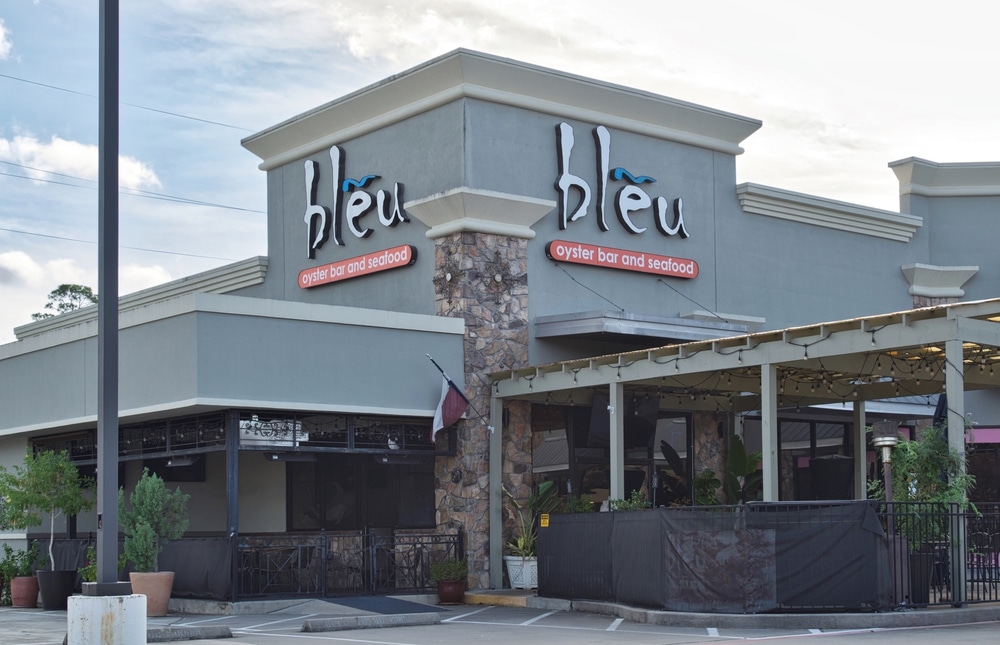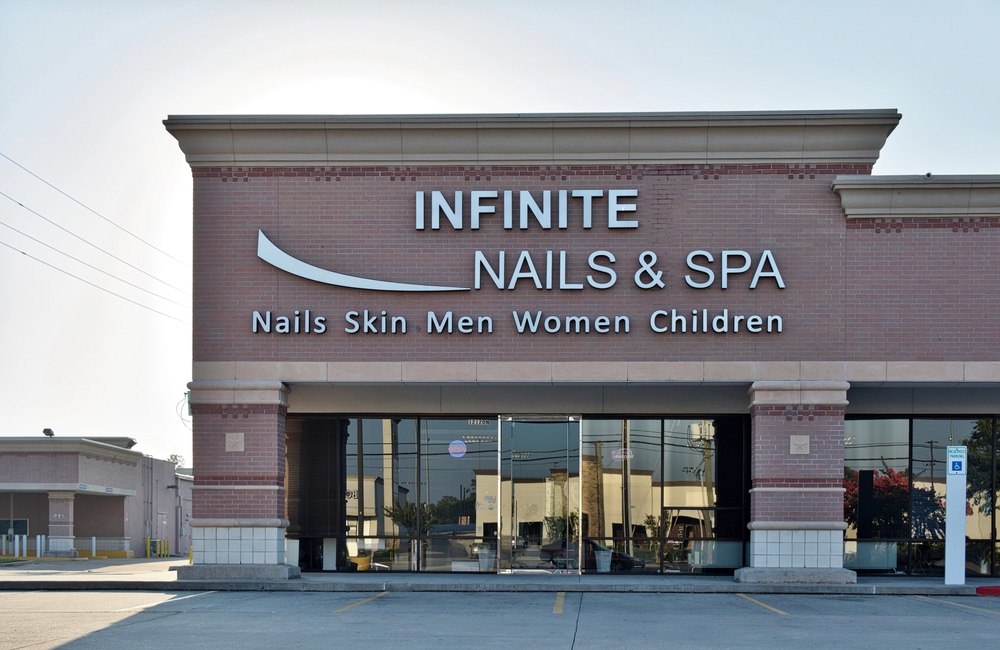Small businesses often face the daunting task of gaining visibility in crowded markets. Whether you’re competing with big-box retailers or other local businesses, standing out can feel like an impossible goal. However, the right business sign can make all the difference. Strategic signage is more than just a display—it’s a tool to attract attention, build trust, and drive foot traffic. Let’s explore how business signage can help you stand out and thrive.
Comparing Business Sign Types: Strategic Uses, Ideal Businesses, and Key Benefits
| Sign Type | Strategic Use | Ideal Business Type | Key Benefits |
|---|---|---|---|
| Monument Signs | Establishes a strong presence in high-traffic areas and guides customers to you. | Retail stores, office parks, and standalone businesses. | Boosts brand visibility and professionalism. |
| Illuminated Signs | Ensures 24/7 visibility, making your business a landmark even after dark. | Restaurants, bars, and businesses open during evening hours. | Attracts nighttime customers and enhances brand recognition. |
| Directional Signs | Enhances customer experience by providing clear navigation in large spaces. | Shopping malls, large retail spaces, and healthcare facilities. | Improves navigation and reduces customer frustration. |
| Promotional Signs | Highlights ongoing deals, seasonal offers, or new products to boost impulse buys. | Small retailers, boutiques, and service providers. | Increases sales through effective in-store marketing. |
| Digital Signs | Engages customers with dynamic content like promotions and real-time updates. | Gyms, fast-food chains, and event venues with changing schedules. | Keeps messaging fresh and engaging for repeat customers. |

The Visibility Challenge
Small businesses operate in a world where competition is fierce. Customers are overwhelmed with choices, and it’s easy for your business to get lost in the shuffle. This is especially true in areas with high market saturation, where dozens of businesses may offer similar products or services.
Consumers make quick decisions, often based on their first impression of a business. A poorly designed or hard-to-see sign can cause them to pass by without a second glance. On the other hand, a well-crafted sign captures attention immediately and communicates your brand’s message, giving you an edge in even the most crowded markets.
1. Understanding Market Saturation
What is Market Saturation?
Market saturation occurs when many businesses compete for the same audience, offering similar products or services. In these situations, customers must choose between multiple options, often making snap judgments based on what stands out the most.
How Customers Choose in Crowded Markets
When faced with multiple choices, customers rely on visual cues like signage to guide their decisions. A clean, attractive, and professional-looking sign can position your business as the obvious choice. Without this visual advantage, your business risks blending into the background.
2. The Psychology of Effective Signage
First Impressions Matter
Your signage is often the first interaction a customer has with your business. A poorly maintained or outdated sign can deter potential customers before they even step inside, while a well-designed sign sends a message of professionalism and care.
Color Psychology
Colors evoke emotions and influence behavior.
- Red: Creates urgency and excitement, perfect for promotions.
- Blue: Conveys trust and reliability, ideal for professional services.
- Green: Reflects health and eco-consciousness, great for wellness brands.
Typography and Readability
Clear, bold fonts make your message easy to read at a glance. Contrast is also crucial—white text on a dark background, for instance, ensures visibility from a distance.
3. Types of Business Signs and Their Strategic Uses
Outdoor Signage
- Monument Signs: These sturdy, professional signs help establish your presence and direct customers to your location.
- Illuminated Signs: Essential for nighttime visibility, they ensure your business stands out even after dark.
Indoor Signage
- Directional Signs: These improve the customer experience by guiding visitors through your space.
- Promotional Signs: Use these to highlight ongoing deals, new arrivals, or special offers.
Digital Signage
- Dynamic Content Displays: Engage customers with rotating promotions, announcements, and real-time updates.
- Flexibility in Messaging: Quickly adapt your content to seasonal campaigns or changing market trends.
4. Customizing Signage to Reflect Brand Identity
Consistency in Branding
Your signage should align with your logo, colors, and overall brand aesthetic. A consistent look builds trust and ensures customers recognize your business instantly.
Highlighting Your Unique Selling Proposition (USP)
Use your sign to communicate what makes your business special. For example, a bakery could advertise “Freshly Baked Every Morning,” while a tech repair shop might highlight “Repairs in Under 30 Minutes.”
Resonating with the Local Community
Tailoring your signage to reflect local culture or events can strengthen your connection with the community. Seasonal designs or regional themes are great ways to make your signage more relatable.
5. Legal and Accessibility Considerations
Regulatory Compliance
Every city has rules about sign size, placement, and lighting. Be sure to consult local guidelines to avoid costly mistakes.
ADA Compliance
Accessible signage ensures all customers, including those with disabilities, feel welcome. Features like braille, tactile lettering, and high-contrast colors make your business inclusive and accessible.
6. Measuring the Impact of Signage
Tracking Performance
Evaluate your signage by measuring foot traffic, customer inquiries, or sales increases after installation.
Gathering Feedback
Ask customers about their experience with your signage. Their input can help you refine your design or placement for even better results.
Testing Different Approaches
Experiment with designs, colors, and placement to see what resonates most with your audience.
7. Case Studies: Success Stories
- A small coffee shop struggling to attract customers installed a monument sign by a busy road. Within a month, they saw a 20% increase in foot traffic.
- A boutique used illuminated signage to promote evening shopping hours. The warm, inviting glow brought in more after-dark shoppers, boosting sales by 30%.
These examples highlight how strategic signage can make a tangible difference for small businesses.

Conclusion
In a crowded market, standing out is essential. The right business sign doesn’t just grab attention—it communicates your brand, builds trust, and drives foot traffic. From outdoor signs that attract passersby to indoor displays that enhance the shopping experience, signage is an invaluable tool for small businesses.
If you’re ready to elevate your visibility and compete more effectively, consult with signage professionals to create a custom solution tailored to your business’s unique needs.
Take the first step toward greater visibility. Contact Tupp Signs today to discuss your signage needs and start standing out.
Discover How to Make Your Business Shine!
Download our Complete Guide to Choosing the Right Business Sign to uncover strategies that will help you elevate your brand and attract more customers. Inside, you’ll find:
- Key considerations for choosing the perfect sign to maximize visibility and create a lasting impression.
- An overview of different sign types, including their pros and cons, so you can make the best choice for your business.
- Tips on location, branding, and design to ensure your sign aligns with your identity and stands out in your market.
- Practical advice on maintenance and regulatory requirements, helping you keep your sign compliant and long-lasting.
Don’t miss out on this actionable resource designed to help your business grow. Get your copy today and take the first step toward a standout sign!


